|
Revised 7-19-18 Above: Leaflet showing area under police curfew after the second night of rioting The riot started the night of August 8, 1984 near the intersection of Oxford Street and Haverhill Street, and flared up again the next night. News accounts describe the area of the riot as "Lower Tower Hill", however, it really occurred right below Tower Hill in the flatlands that end at the aptly-named Margin Street. The unrest spread not up the hill (which would be to the left on the map) but along the base of the hill, over to the Merrimack Courts housing projects on Essex Street, and then to the Hancock projects beyond. Below: Coverage of the riots in the Boston Herald In my view, the riot was not a very big disturbance, albeit one that local police could not get under control on the first night. It happened less than half a mile from my house with no immediate impact beyond a narrow zone running between Broadway and Margin Street along the base of Tower Hill, across an area of probably less than ten acres. I have suggested that it was more like a large-scale rumble, and not a "riot" in the same sense as the gigantic Detroit riots or Watts Riots which ranged over hundreds of acres destroying a lot of those cities. Even locally, compare the 1964 Hampton Beach riot, which involved up to 10,000 youth battling state police from New Hampshire and Maine and many neighboring towns. This riot was more of a local affair. Sometimes the rioters even cooperated, for example when they were dividing the loot: “At 11:00 PM rioters broke into Pettoruto’s liquor store. The Eagle-Tribune reported that at first the two groups [presumably whites and hispanics] fought over the liquor, but then they cooperated to divided it up and share it, after which a ‘lull followed with a lot of public drinking.” This is from Llana Barber's book Latino City, mentioned below. The author notes dryly, “This odd reprieve could not have been long lived, because by 12:15 AM, the liquor store was on fire.” A theory about the riot: I have a theory that the riot was directly related to the 1982 "desegregation" of the two nearby schools, which destabilized the geographic social order by giving kids from the "wrong" side of an invisible line a newfound right to pass all the way to the top of the hill, which at that time was another world. The two schools involved were the Hennessy School down on Hancock Street next to the projects; and the Bruce School (my school from kindergarten through 8th grade), at the top of the hill. School desegregation upset longstanding geographic hierarchies of the area, which were based as much on social class as ethnicity or race. When I was a kid, in the single family homes and duplexes near the Reservoir or up the hill from the Bruce, families were "middle class". The parents of about half my neighbors were college educated, many of them teachers or working for the city; and the other half owned small businesses, such as plate glass or oil delivery, or sold insurance, or did other respectable, responsible things. Nearly everyone owned their home. Going further down the hill, the homes were multifamily and the youth were often rougher. Nobody went to college. Almost everyone rented. Dads seemed to be in motorcycle gangs, fixed cars, worked as roofers. Down at the bottom, where the slope ended and the terrain flattened out, were fresh-off-the-boat immigrants...most recently from the Dominican as well as Puerto Ricans who had started arriving in the early 1970s. After the 1982 desegregation, the population of the Bruce School changed dramatically. In a short while, many of my friends switched schools. The nearby parochial school on Ames Street, St. Augustine's, had a couple banner years of attendance (it is now closed). The Bruce school was to be flooded with kids from down the hill. To entice some middle class families to stay, a "Magnet School" was created in a neighboring building, a former synagogue that had relocated to Andover when the congregation all moved away in the 1970s and early 1980s. (The J.C.C. fifty yards from my house limped on, without members, before finally closing in 1990.) Despite the magnet school and the availability of St. Augustine's parochial school, the neighborhood also changed character within a couple years. The population from down the hill came up the hill, as the previous population moved out, so that the line that used to be at Margin Street moved up the hill a few blocks every year. Eventually, everything had changed, all the way over the top of Tower Hill and down the backside of the hill to Methuen. In 1985, the Hispanic population of Lawrence was 16%; it is presently around 80%, in a city that has 15,000 more residents than it did back then. I'm sure my former neighborhood is also 80% Hispanic overall. My parents still live there, up by the Reservoir. Professor Llana Barber extensively discusses the Riot in her book Latino City (2017), giving a synopsis of how Lawrence became a Latino city through and through. My review of her book is here. The poorly executed 1982 school desegregation that conflated race and ethnicity with social class, and then the riot, simple hastened a trend that would have happened anyway: Lawrence becoming a majority-minority city. In many ways, Lawrence is now a Hispanic Shangri-La, a place where people of a shared culture can live among their own, while still participating in the overall economic benefits of the Greater Boston area. The people who have moved out of Lawrence since the 1980s often look back with nostalgia on the way things used to be, and some of them unfairly scapegoat the new immigrants of Lawrence for what they see as negative change. However, I'm sure that in 30 years, when the current residents of Lawrence and their kids have also moved on, to "better" areas, they too will look back fondly on the old neighborhood in Lawrence where everyone spoke their language, listened to their music, and ate their cuisine. Below: AP photo of riot police in Lawrence. Erika Market was on the corner of Oxford Street and Lowell Street.
5 Comments
12/11/2017 04:10:30 pm
Just had a chat with your dad. He is sending you an article that I helped him copy. He also showed me your blog so I am showing you my blog. I also did a bit about the 1984 riots. When I have time I will compare them.
Reply
12/11/2017 04:40:38 pm
Hi Louise, thanks for visiting. I have seen your blog post, it is probably the best online resource about the riot! My theory ties it to the desegregation that occured two years previously. I am in touch w Mr. William Bagley, who apparently worked to implement the desegregation in 1982. Do you have anything in the archive on this topic? I lived it, because the Bruce School completely changed between the fifth grade and sixth grade.
Reply
1/25/2018 11:17:19 am
I remember this well. Just a few weeks later I started my first teaching job at the Bruce Junior High School in Lawrence. I was there three years teaching technology/ computer classes.
Reply
Carl McCarthy
1/26/2018 04:03:25 am
Thank you for your comment. You were a teacher when I was a student there.
Reply
Leave a Reply. |
|
||||||
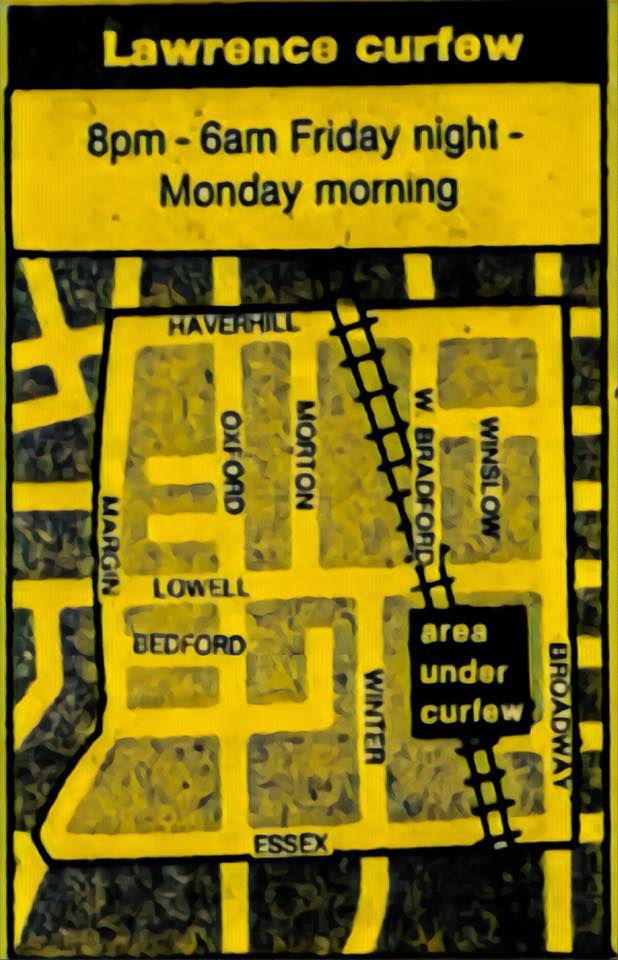
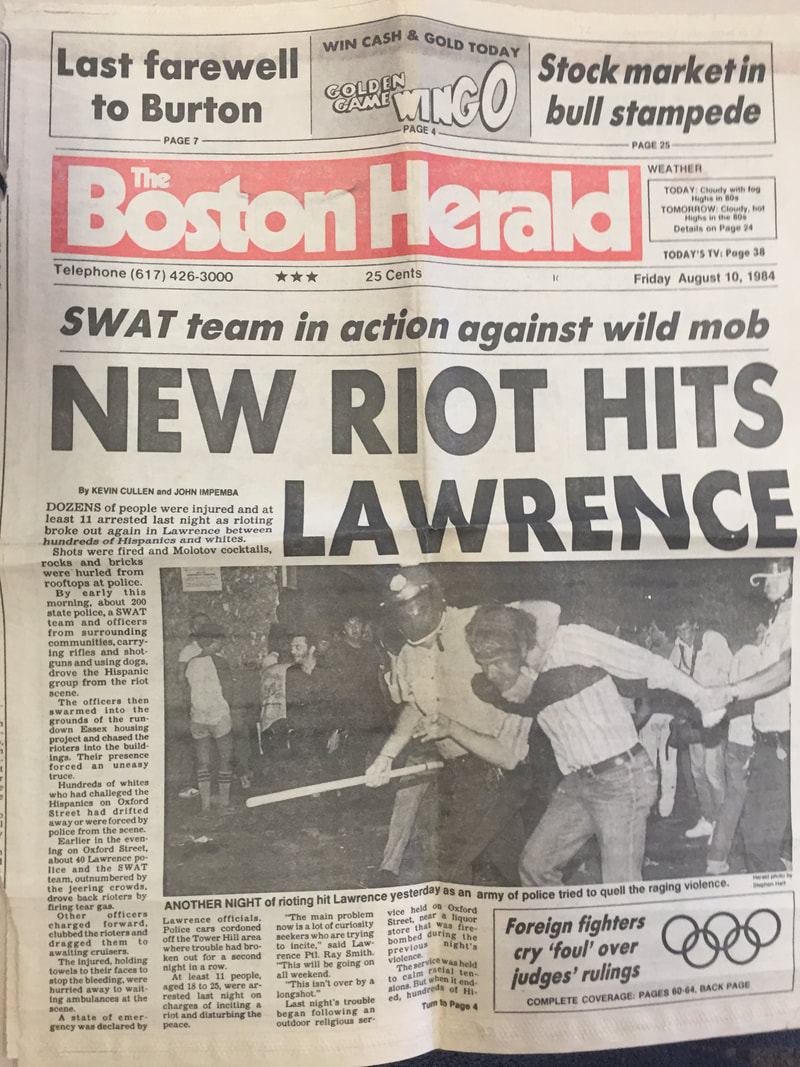
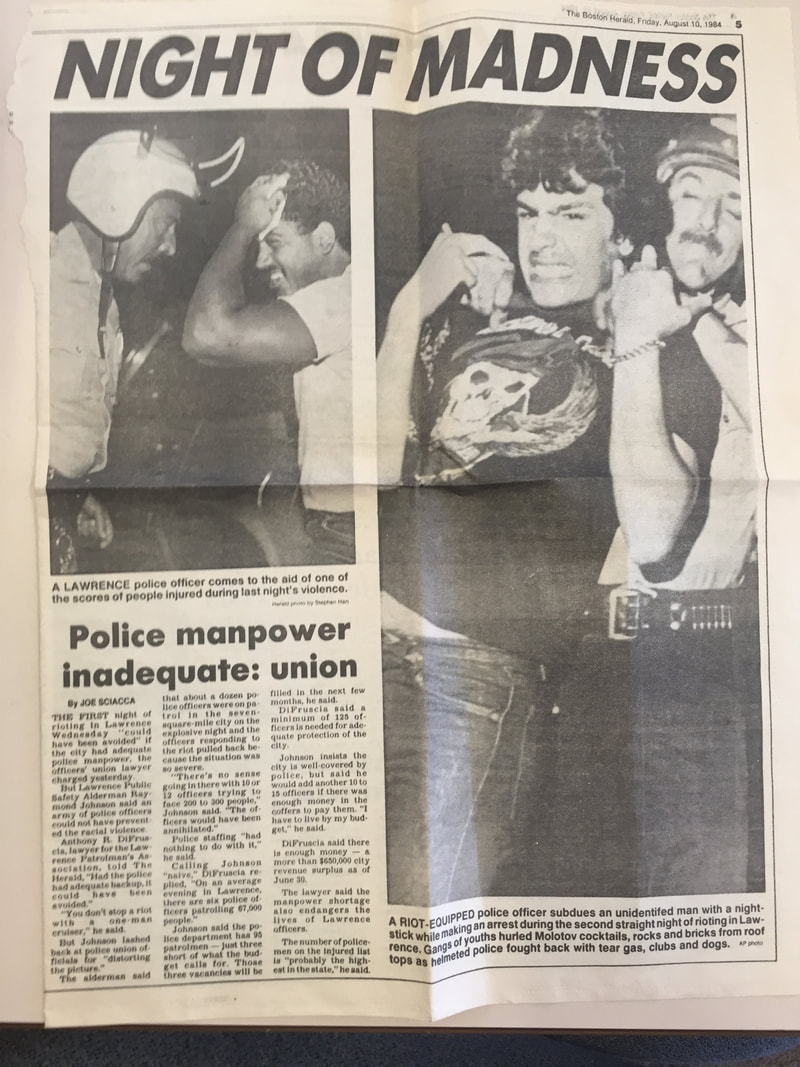
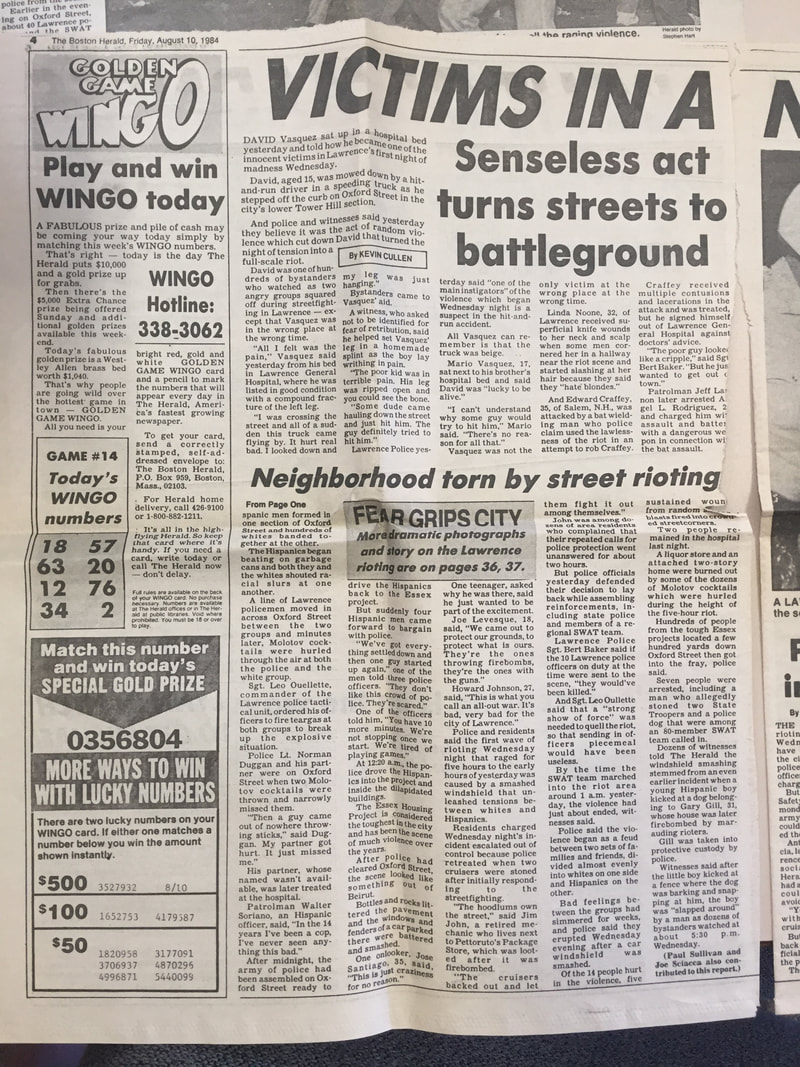
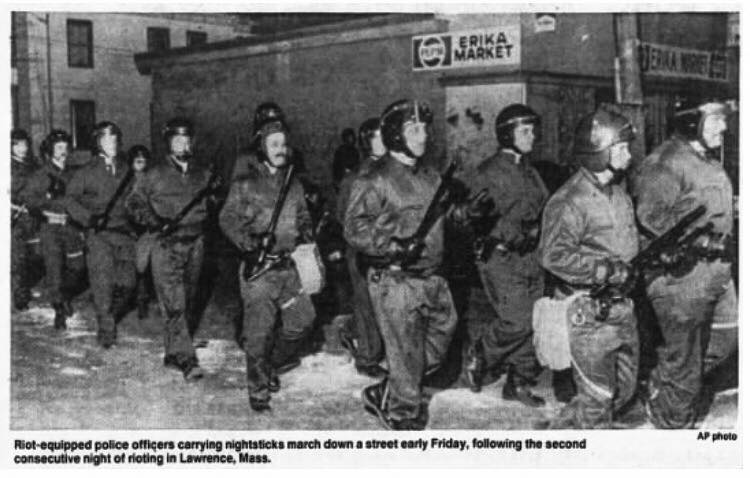
 RSS Feed
RSS Feed